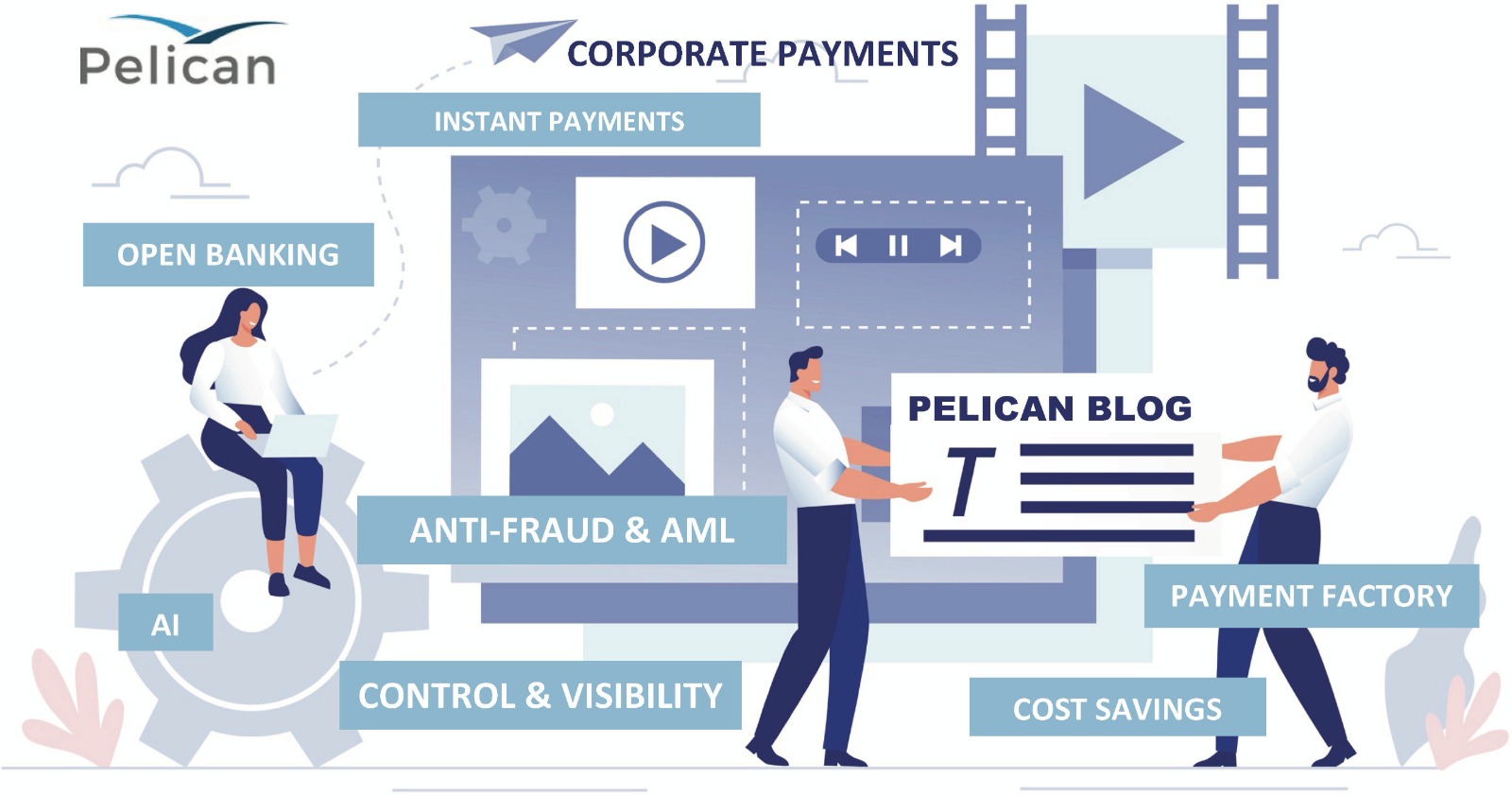By Abhinav Desai
Today’s rapidly evolving corporate payments landscape presents many challenges and significant opportunities for the corporate treasury. By embracing AI-powered solutions, businesses can not only meet these challenges, but also significantly improve processing efficiency and compliance along the payments chain.
In today’s rapidly evolving corporate payments landscape, the corporate treasury faces many challenges as well as opportunities. Initiatives such as instant payments have increased supplier and customer expectations for faster, and cheaper, payment services. Omni-channel interfaces and the ability to initiate and monitor payments securely from mobile devices is rapidly becoming the norm. Corporates with often complex global office locations and structures struggle to manage disparate bank channels and treasury systems, with data often siloed, necessitating manual and time-consuming duplication and transformation. The requirement for an accurate and global view of liquidity and for full automation and control over processing of all payment types and channels can be difficult to achieve when managing such a fragmented structure. Many legacy ERP and TMS systems, which have often evolved and been adapted piecemeal over many years, struggle with these real-time and always accessible but increasing requirements.
Intelligent Payments
Pelican has recently published a Whitepaper – Intelligent Corporate Payments – highlighting the strategies corporates can consider in order to succeed in today’s dynamic marketplace (you can view a copy by clicking here). This paper addresses the emergence of a variety of initiatives and technologies that are increasingly impacting the world of corporate payments, such as open-API connectivity, distributed ledger technology (DLT), the internet-of-things (IoT), and Artificial Intelligence (AI).
Today’s fast-moving payments landscape presents corporate treasurers with many opportunities to streamline and simplify existing payments processes, improving efficiencies, lowering costs, protecting against fraud, and obtaining greater global and real-time insight into cashflows and liquidity. Such opportunities do however present many challenges – challenges that legacy systems can struggle to overcome. While many trends and technologies impact the payments lifecycle, perhaps the most significant is the increasing adoption of Artificial Intelligence disciplines such as Natural Language Processing (NLP) and Machine Learning. These technologies enable corporates to move beyond simple automation and dramatically transform their compliance and payments processes to benefit from the highest possible levels of efficiency, security and control. Coupled with this is the global expansion of open-API connectivity models, enabling organisations to seize the significant business efficiency opportunities provided by an open banking ecosystem.
Compliance Challenge
AI is also having a significant impact in helping corporates ensure they remain fully compliant with an ever expending range of regulatory obligations. Banks and businesses globally have begun to rely on AI tools for payments fraud detection and anti-money laundering – areas where AI analysis of big data can reveal patterns and discrepancies to root out behaviours that appear anomalous and/or suspicious.
As I have mentioned, today’s rapidly evolving corporate payments landscape presents many challenges and significant opportunities for the corporate treasury. By embracing AI-powered solutions, businesses can not only meet these challenges, but also significantly improve processing efficiency and compliance along the payments chain.
If you would like to read more, click here to download our Intelligent Corporate Payments Whitepaper.




